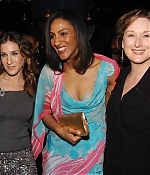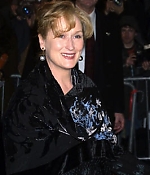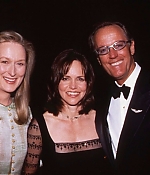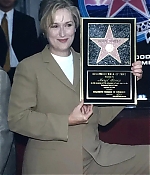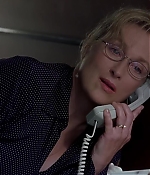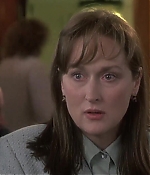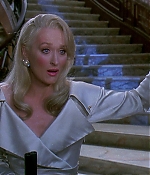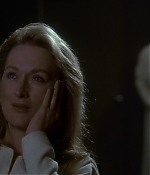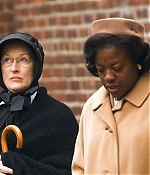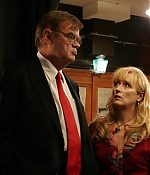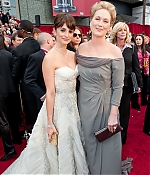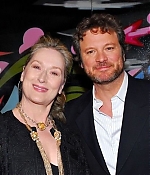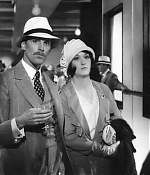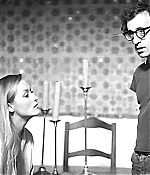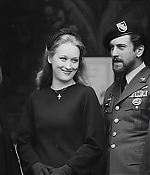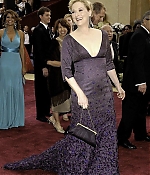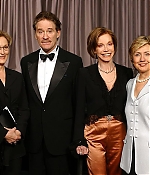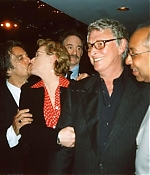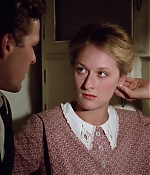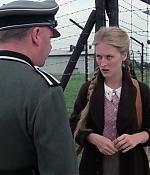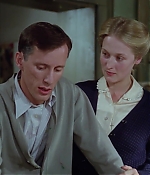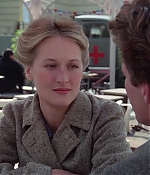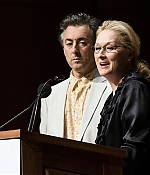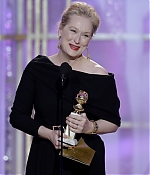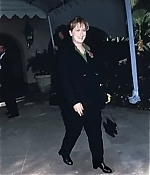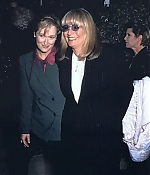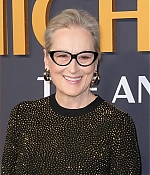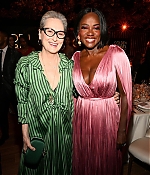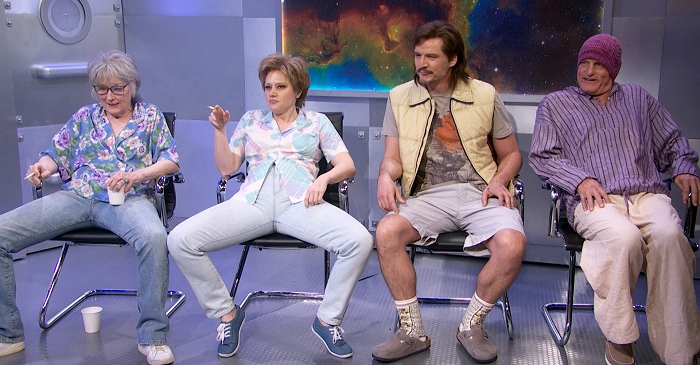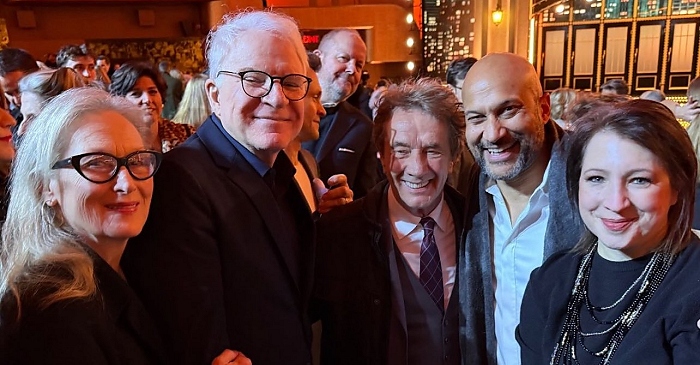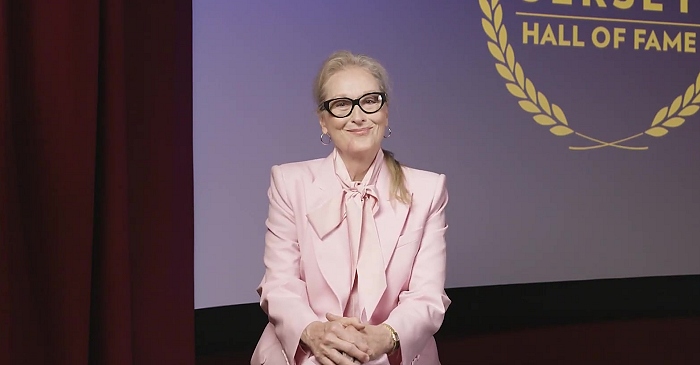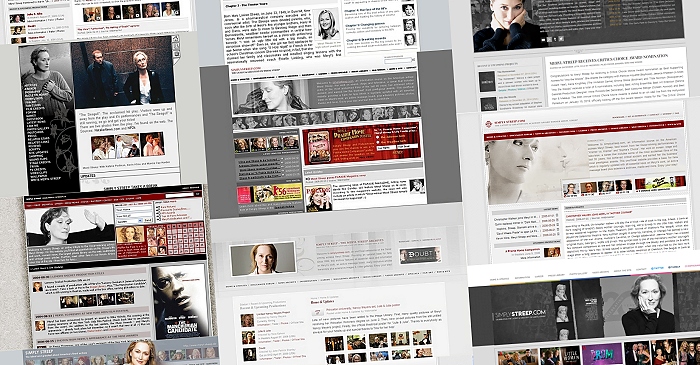
More public appearances, starting with 1998’s Walk of Fame ceremony and visits to the Golden Globes, Screen Actors Guild and Academy Awards up to Meryl’s 2004 Middlebury College Honorary Degree – and a slew of awards shows in between.
Photo Gallery – Public Appearances – 2004 – Honorary Degree by Middlebury College
Photo Gallery – Public Appearances – 2004 – ShoWest Paramount Dinner
Photo Gallery – Public Appearances – 2004 – “Bridge and Tunnel” Opening Night
Photo Gallery – Public Appearances – 2004 – 61st Annual Golden Globe Awards – Press Room
Photo Gallery – Public Appearances – 2003 – BAFTA Film Awards – Press Room
Photo Gallery – Public Appearances – 2002 – The Hours Premiere (New York)
Photo Gallery – Public Appearances – 2000 – Screen Actors Guild Awards – Show
Photo Gallery – Public Appearances – 1999 – Academy Awards – After-Party
Photo Gallery – Public Appearances – 1998 – Taping of Inside the Actors Studio
Photo Gallery – Public Appearances – 1998 – Walk of Fame
For the calendar, quite a few of Meryl Streep’s films have been recapped from DVD to Blu-Ray versions. Today’s update includes Albert Brooks’ “Defending Your Life”, which was recently included in the Criterion Collection. Screencaptures for “Death Becomes Her”, “Before and After” and “Adaptation” have been updated as well.
Photo Gallery – Career Photography – Adaptation – Blu-Ray Screencaptures
Photo Gallery – Career Photography – Before and After – Blu-Ray Screencaptures
Photo Gallery – Career Photography – Death Becomes Her – Blu-Ray Screencaptures
Photo Gallery – Career Photography – Defending Your Life – Blu-Ray Screencaptures
In the final production stills update, we have additions from the early 1990’s to 2019, including on-set pictures from “Death Becomes Her”, Ricki and the Flash” and “Little Women”, and stills from “Music of the Heart”, “Evening” and “It’s Complicated”, among others.
Photo Gallery – Career Photography – Little Women – Production Stills
Photo Gallery – Career Photography – Little Women – On-Set Pictures (October 30, 2018)
Photo Gallery – Career Photography – Ricki and the Flash – On-Set Pictures
Photo Gallery – Career Photography – It’s Complicated – Production Stills
Photo Gallery – Career Photography – Doubt – Production Stills
Photo Gallery – Career Photography – Evening – Production Stills
Photo Gallery – Career Photography – A Prairie Home Companion – Production Stills
Photo Gallery – Career Photography – Music of the Heart – Production Stills
Photo Gallery – Career Photography – Before and After – Production Stills
Photo Gallery – Career Photography – Death Becomes Her – On-Set Pictures
Pictures from a variety of public appearances from 2008 to 2010, including promotions for “Mamma Mia!”, “Doubt” and “Julie & Julia”. Did you know that Meryl and Nora Ephron received a Honorary Diploma from “Le Cordon Bleu” during their promotional visit for “Julie & Julia” in France? Enjoy the latest additions.
Photo Gallery – Public Appearances – 2010 – NYC Fundraiser for Belfast’s Lyric Theatre
Photo Gallery – Public Appearances – 2009 – Honorary Diploma from Le Cordon Bleu
Photo Gallery – Public Appearances – 2009 – Princeton University Honorary Degree
Photo Gallery – Public Appearances – 2009 – Poly Prep Country Day School Commencement
Photo Gallery – Public Appearances – 2009 – 81st Annual Academy Awards – Arrivals
Photo Gallery – Public Appearances – 2009 – BAFTA: A Life in Pictures
Photo Gallery – Public Appearances – 2009 – “Doubt” Screening (London)
Photo Gallery – Public Appearances – 2009 – “Doubt” Photocall (London)
Photo Gallery – Public Appearances – 2009 – National Board of Review Awards
Photo Gallery – Public Appearances – 2008 – “Mamma Mia” Premiere (Melbourne)
Production stills from Meryl’s earliest work has been added, including some stunning deleted scenes from her film debut in “Julia”, showing that most of her scenes did indeed end up on the cutting room floow. There are also some wonderful on-set pictures and production stills from “The Deer Hunter”, “The Seduction of Joe Tynan”, “Manhattan” and “Sophie’s Choice”.
Photo Gallery – Career Photography – Sophie’s Choice – Production Stills
Photo Gallery – Career Photography – Still of the Night – Promotional Stills
Photo Gallery – Career Photography – The Seduction of Joe Tynan – Production Stills
Photo Gallery – Career Photography – Manhattan – On-Set Pictures
Photo Gallery – Career Photography – The Deer Hunter – On-Set Pictures
Photo Gallery – Career Photography – Julia – Production Stills
Photo Gallery – Career Photography – Julia – Deleted Scenes
Photo Gallery – Career Photography – Julia – On-Set Pictures
We’re back with public appearances pictures, this time ranging from 2004 to 2006 and covering various events for “The Manchurian Candidate”, Lemony Snicket’s A Series of Unfortunate Events” and “The Devil Wears Prada”.
Photo Gallery – Public Appearances – 2006 – The Devil Wears Prada Screening & Auction
Photo Gallery – Public Appearances – 2006 – Coolidge Award – Ceremony
Photo Gallery – Public Appearances – 2006 – Coolidge Award – Press Conference
Photo Gallery – Public Appearances – 2006 – Coolidge Award – Conversation Panel
Photo Gallery – Public Appearances – 2006 – 78th Annual Academy Awards – Arrivals
Photo Gallery – Public Appearances – 2004 – “Lemony Snicket” Premiere (New York)
Photo Gallery – Public Appearances – 2004 – “Lemony Snicket” Premiere (Los Angeles)
Photo Gallery – Public Appearances – 2004 – 32nd Annual Promise Ball
Photo Gallery – Public Appearances – 2004 – 61st Venice Film Festival – Arrivals
Photo Gallery – Public Appearances – 2004 – 56th Annual New Dramatics Luncheon
Today’s calendar presents Blu-Ray screencaptures from Meryl’s breakthrough performance in the NBC miniseries “Holocaust”. The show was restored and presented in HD for the series’ 40th anniversary. Still a very important part of television history and a high point in Streep’s early peak, even though she never had the fondest memories of filming it. Make sure to read more about the series, its making and an extensive episode guide on our career page. Screencaptures from all four episodes can be found in the photo gallery.
Photo Gallery – Career Photography – Holocaust – Episode 1: The Gathering Darkness
Photo Gallery – Career Photography – Holocaust – Episode 2: The Road to Babi Yar
Photo Gallery – Career Photography – Holocaust – Episode 3: The Final Solution
Photo Gallery – Career Photography – Holocaust – Episode 4: The Saving Remnant
Another batch of public appearances pictures have been added to the photo gallery, covering the two rather quiet years between “Julie & Julia” and “The Iron Lady”, despite numerous appearances at public readings, conversation panels and a couple of New York benefits.
Photo Gallery – Public Appearances – 2011 – Margo Jones Award
Photo Gallery – Public Appearances – 2011 – Spirit of Helen Keller Gala
Photo Gallery – Public Appearances – 2010 – A Conversation at Indiana University
Photo Gallery – Public Appearances – 2010 – UT Theatre – A Conversation with Meryl Streep
Photo Gallery – Public Appearances – 2010 – “Our Nation’s Daughters” Washington, D.C. Gala
Photo Gallery – Public Appearances – 2010 – Speak Truth to Power Benefit
Photo Gallery – Public Appearances – 2010 – 8th Annual Poetry & the Creative Mind
Photo Gallery – Public Appearances – 2010 – The Daily Beast’s Women in the World Summit
Photo Gallery – Public Appearances – 2010 – 82nd Annual Academy Awards – After-Party
Photo Gallery – Public Appearances – 2010 – 67th Annual Golden Globe Awards – Show
On we go with pictures from public appearances throughout the 1990s – quite a busy time with promotions for “The River Wild”, “The Bridges of Madison County” (including a trip to the Academy Awards in 1996) and “One True Thing”.
Photo Gallery – Public Appearances – 1998 – One True Thing L.A. Premiere
Photo Gallery – Public Appearances – 1998 – Women in Film Crystal Awards
Photo Gallery – Public Appearances – 1998 – Toronto Film Festival – “Dancing at Lughnasa” Premiere
Photo Gallery – Public Appearances – 1997 – ABC Winter Press Tour
Photo Gallery – Public Appearances – 1996 – Women in Hollywood Awards
Photo Gallery – Public Appearances – 1996 – A Magical Evening Gala
Photo Gallery – Public Appearances – 1996 – Academy Awards
Photo Gallery – Public Appearances – 1995 – The Bridges of Madison County Premiere
Photo Gallery – Public Appearances – 1995 – The River Wild Photocall Paris
Photo Gallery – Public Appearances – 1994 – The River Wild L.A. Premiere
Photo Gallery – Public Appearances – 1994 – Manns Chinese Theatre
We’re taking a short break from pictures today and present a couple of updated archive pages. The site special on conversation panels has been updated with all panels from the last couple of years and each page has been revised as well. Then, the career pages have been updated with additional projects in which Meryl has appeared either in person as an interviewee or as a narrator. I was able to track down a couple of projects I’ve never heard before. Video clips for some of these will follow later in the calendar.
The Archives – In Conversation
Career – Audio: Film, TV & Documentaries – 2024 – Schindler Space Architect
Career – Audio: Film, TV & Documentaries – 2024 – Corridors of Power: Should America Police the…
Career – Documentaries – 2009 – Tell Them Anything You Want: A Portrait of Maurice Sendak
Career – Documentaries – 2002 – There’s Only One Paul McCartney
Career – Audio: Film, TV & Documentaries – 1989 – Broadway’s Dreamers: The Legacy of the Group…

